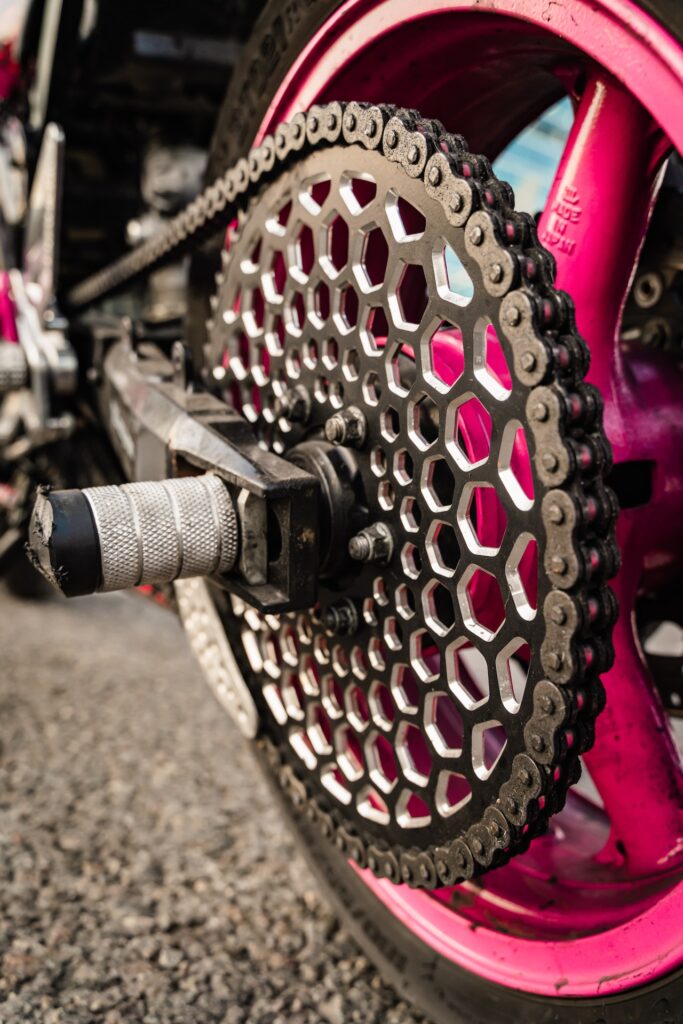A Personal Journey into Cambelts
Owning a car is a bit like having a loyal companion on life’s journey. You rely on it day in and day out, and it relies on you to take care of it. But what happens when your trusty sidekick starts showing signs of distress? It might not be able to tell you directly, but it could be related to its cambelt.
In this article, we’ll embark on a personal journey into the world of cambelts. You’ll discover what cambelts are, why they matter, and when it’s time to replace them. After all, taking care of your trusted vehicle is like taking care of a dear friend.
Understanding the Cambelt: Your Vehicle’s Heartbeat
At the core of every vehicle’s engine lies the cambelt, also known as a timing belt in some parts of the world. Picture it as your car’s heartbeat, a slender belt usually crafted from rubber or synthetic material. This belt connects the engine’s crankshaft to the camshaft.
Why is this connection so vital? Because it orchestrates the engine’s valve movements, determining when they open and close. This, in turn, regulates the air-fuel mixture that powers your engine. Without the cambelt, your engine’s rhythm would be out of sync.
The Synchrony of Your Engine: A Cambelt’s Role
Your engine’s efficiency depends on precise timing, and that’s where the cambelt shines. It synchronizes the crankshaft and camshaft, with teeth that grip onto cogs on these shafts, ensuring their harmony. In simpler terms, the cambelt keeps your engine running smoothly.
Knowing When to Step In: When Should You Change Your Cambelt?
As your car ages and clocks more miles, the cambelt can wear down, becoming stretched, frayed, or even snapping. To prevent engine complications, regular cambelt inspections are crucial. Surprisingly, annual MOTs don’t include cambelt checks. However, if you ask your local mechanic to examine it during your yearly service, they should spot any issues.
Typically, experts recommend replacing the cambelt every 60,000 to 90,000 miles. But, of course, this varies depending on your car’s make and model. Ignoring a damaged cambelt can lead to severe engine problems, resulting in costly repairs and potential engine failure.

Recognizing the Cambelt’s Call for Help
Your car is like a dear friend who can’t speak but communicates through signs. Here are some red flags indicating your cambelt might need attention:
- Strange Engine Noises: A worn cambelt can produce rattling or ticking sounds.
- Sluggish Acceleration: If your car struggles to pick up speed, the cambelt might be the culprit.
- Mysterious Oil Leaks: Cambelt issues can lead to oil leakage, impacting engine performance.
- Unwanted Smoke Signals: An ailing cambelt can increase smoke emissions from your tailpipe.
- Overheating Drama: Engine overheating is a sign of cambelt trouble, often leading to a breakdown.
- Thirsty Engine: A malfunctioning cambelt can make your car guzzle fuel.
- The Silent Treatment: A broken cambelt means your engine won’t even start.
If you notice any of these symptoms, your car is trying to tell you something. Don’t ignore it; consult a qualified mechanic right away.
How Often Should You Swap Your Cambelt?
While the general rule advises replacing the cambelt every 60,000 to 90,000 miles, this range can vary from 40,000 to 120,000 miles depending on your car’s specifics. The key is to have it inspected yearly during your service. Your mechanic will assess its condition and recommend a replacement if necessary. To find your vehicle’s exact replacement schedule, consult your owner’s manual or talk to your local mechanic.
What’s the Cost of a Cambelt Change?
The cost of replacing a cambelt is as diverse as the vehicles themselves. Parts can range from £200 to £600. However, labor costs significantly impact the final bill, which could exceed £1000. Labor charges vary based on the complexity of the job and the time required. Whether the cost is high or low, always adhere to the manufacturer’s recommended replacement schedule.
Coping with a Broken Cambelt
When your cambelt breaks, your vehicle will tell you in no uncertain terms. You’ll notice strange engine noises, a loss of power, overheating, and smoke emissions. If this happens, pull over immediately and contact a mechanic or your breakdown service.
Cambelt Kits and Cam Chains
Beyond cambelts, some vehicles use cam chains, which are similar but made of metal. Like a bike’s gear chain, they operate based on lubrication and can be costly to replace if they fail. Regular maintenance, including cambelt or cam chain checks, is a must for all car owners.

The ScrapMyCar.net Connection
At scrap my car, we’re more than just a car scrapping service. We understand the intricacies of vehicle care and the pivotal role cambelts play in your car’s health. We’re here to guide you, not only through the process of responsible car scrapping but also through the journey of maintaining your vehicle. Trust us to provide valuable insights and services to keep your car running smoothly.
A Personal Commitment to Your Car’s Well-being
Your car isn’t just a machine; it’s a part of your daily life. Taking care of it is akin to caring for a close friend. Understanding cambelts, their significance, and when to replace them is a personal commitment to your car’s well-being. Don’t neglect this vital component of your engine. If you suspect any cambelt issues or any other car troubles, visit a trusted local garage.
Remember, your car has been with you through thick and thin. Return the favor by ensuring it stays in top shape for all your adventures ahead.
